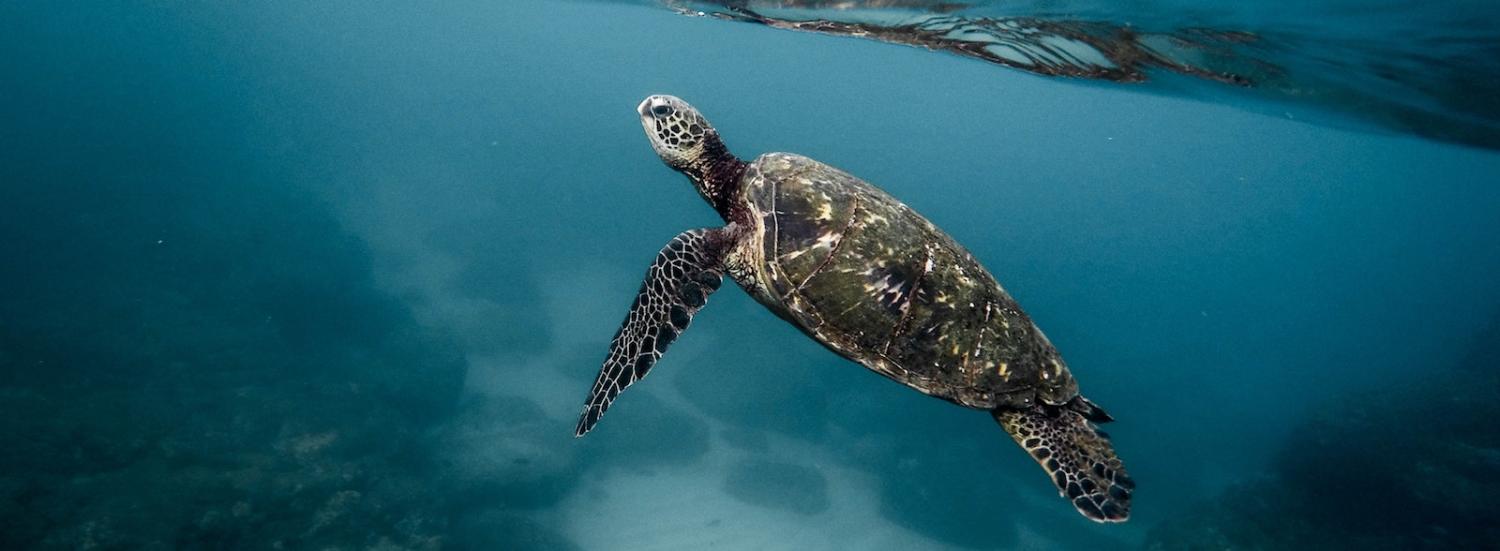A US-based Center for Strategic and International Studies report (Illuminating the South China Sea’s Dark Fishing Fleets) sheds new light on the size and behaviour of fishing fleets in the Spratly Islands.
It is critical to prevent the ‘maritime militia narrative’ from dominating the policy agenda.
The report reveals the presence of a large “dark fishing fleet” in the South China Sea and concludes that “most of these vessels serve, at least part-time, in China’s maritime militia.” But it overemphasises maritime militias, reinforces the popular narrative that China is militarising its fishers, and overlooks fisheries issues in the South China Sea.
For starters, it is unfair to view China’s fishing militia program in isolation. It is widespread practice to arm fishing vessels in the South China Sea. All the key South China Sea claimant states consider their fishers as crucial players in safeguarding their respective claims in the disputed waters. Vietnam, for example, has a large fishing militia fleet operating in the South China Sea, and in recent years the Vietnamese government has devoted substantial effort to expanding its militia fleet in the contested waters.
Next, those Chinese fishing vessels that hide their activities while operating in the Spratlys could simply be “black ships” (fishing vessels without relevant legal permits). In the late 1990s, to prevent overfishing and control its massive fishing fleet, China introduced tight control of fishing permits. However, a huge number of “black ships” have been operating in Chinese waters and beyond. It was reported that in 2017, Chinese authorities confiscated or banned about 30,000 “black ships”. These ships generally don’t have an Automatic Identification System, or if they do, it is usually switched off after the ship sets sail.
One of the key points of evidence for the maritime militia claim is the strange patterns of behaviour displayed by the Chinese fishing vessels: “Chinese fleets in the Spratlys spend far less time fishing and far more time at anchor than is typical of vessels elsewhere”. These strange patterns could be, at least partly, for other reasons.
Firstly, fishers from Hainan and Guangdong, as well as groups from neighbouring countries, have long engaged in reef fishing. With masks and breathing tubes, fishers dive in the shallow water around reefs to collect high-value species such as sea cucumber.
With the spectacular rise of Hainan’s giant clam sector in 2012, Chinese and other fishers have begun illegally harvesting giant clams and sea turtles. Each big vessel carries several smaller boats to enable divers to easily move around reefs while it is anchored. Although the Chinese government has more recently made an effort to crack down on the giant clam business, illegal harvesting continues and the black market flourishes with rising prices. Due to this crack-down, the vessels are also more likely to turn off their AIS transponders while operating.
Secondly, some of these big Chinese fishing vessels could well be “support vessels” which simply sail to the Spratly Islands to purchase catches from Chinese fishers, conduct barter exchange with foreign fishers, and then provide supplies to other ships. Trading or barter exchange among fishers in the waters around the Spratly islands is common practice. The exchange is often informal. In May 2014, 11 Tanmen Chinese fishers were arrested by Filipino authorities for suspected poaching of hundreds of sea turtles in the disputed Half Moon Shoal in the Spratly Islands. The sea turtles had, in fact, been collected by Filipinos and then sold to the Tanmen fishers.
In recent years, with rising production costs, declining stocks, and growing demand for high-quality marine catch, some Chinese fishers have found that it makes much more economic sense to switch from production to procurement: specialising in providing logistical support to other fishing vessels and collecting catches directly from both domestic and foreign vessels. The state-owned Hainan South China Sea Modern Fishery Group Company, often considered one of the leading maritime militia forces, specialises in collecting marine catches from fishers in the offshore waters of the South China Sea, at-sea processing, and providing supplies and logistic support to other fishing vessels.
Finally, some of the fishing vessels which appear to be merely transiting without fishing could be attracted by China’s special fishing-fuel subsidies introduced in 1995 to cover fuel costs for long-distance sailing. Unlike the general fishing-fuel subsidy introduced in 2006 (which is not linked to actual fuel consumption and location of fish stocks) under this special subsidy program, fishers need to show evidence that they have operated in the Spratly Islands. Declining stocks and overcapacity has seen fishing in the South China Sea become increasingly uneconomical to many Chinese fishers. Some fishing vessels deliberately ride at anchor or transit through the Spratly islands with the sole objective of receiving a fuel subsidy.
Behind the “massive dark fishing fleet” in the South China Sea are much wider economic and social factors at work within China. To manage the fisheries of the South China Sea, it is critical to prevent the “maritime militia narrative” from dominating the policy agenda.

